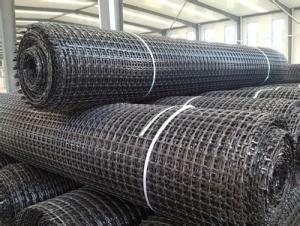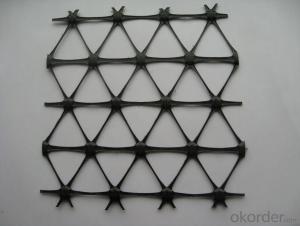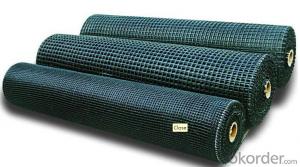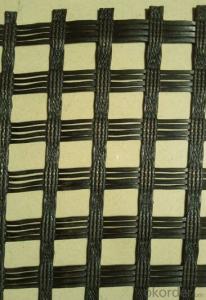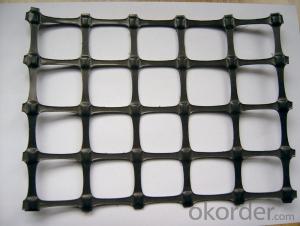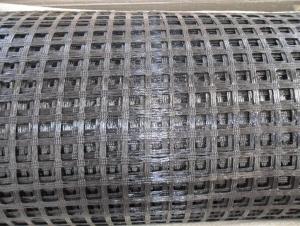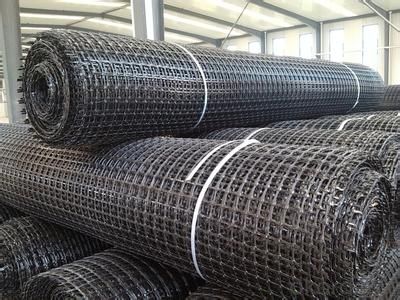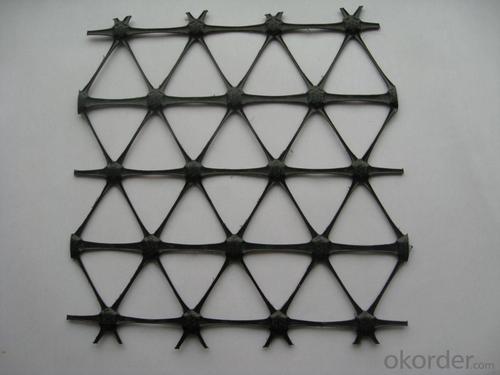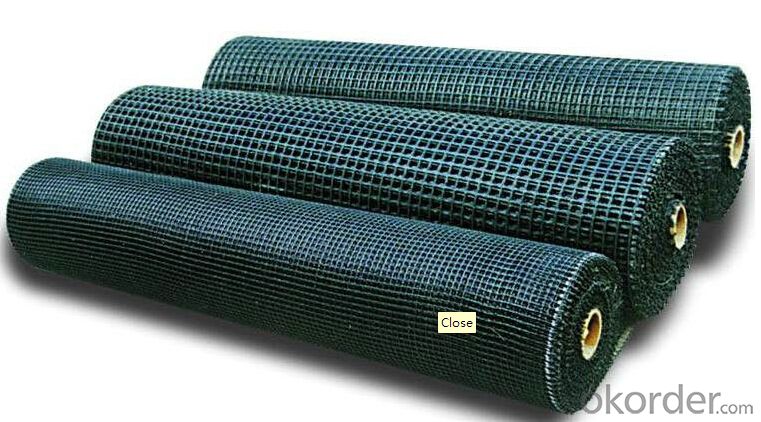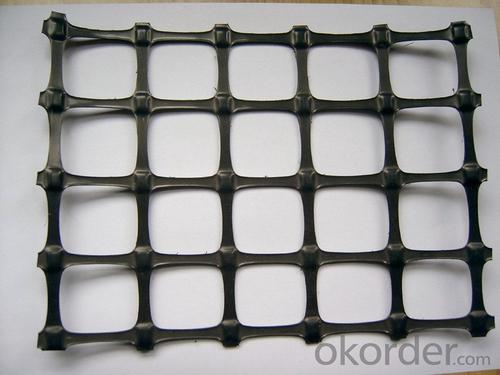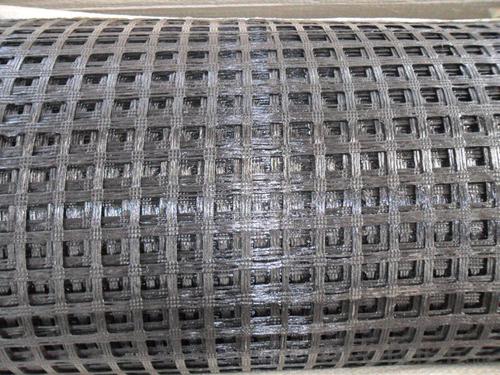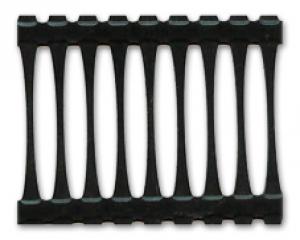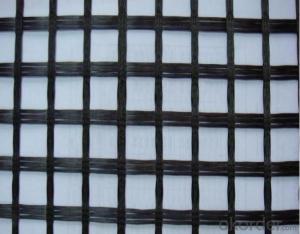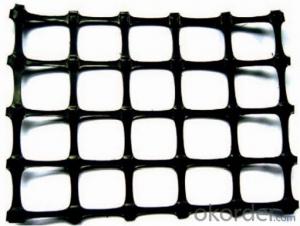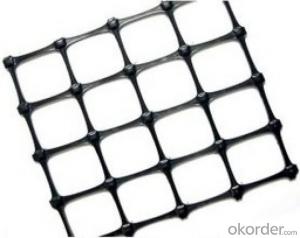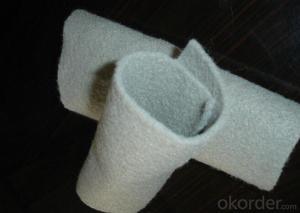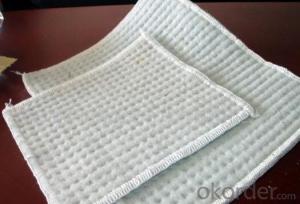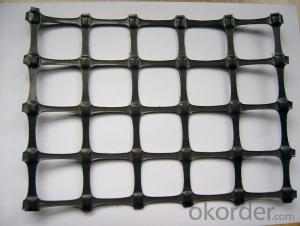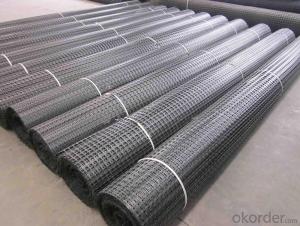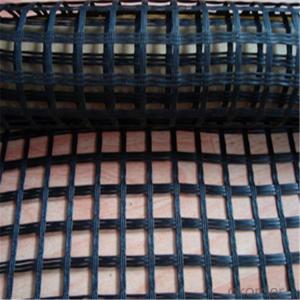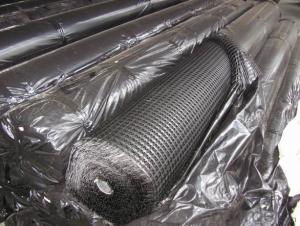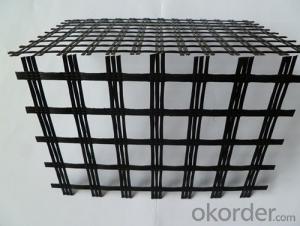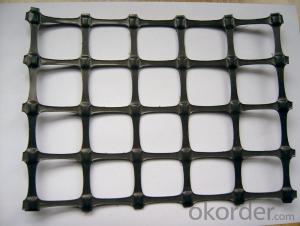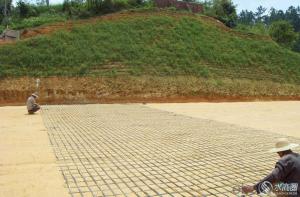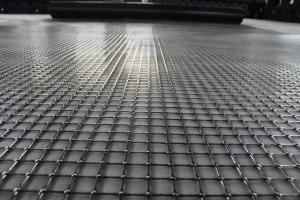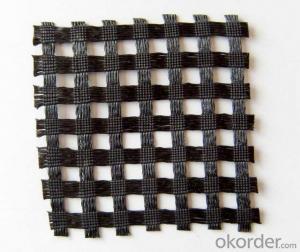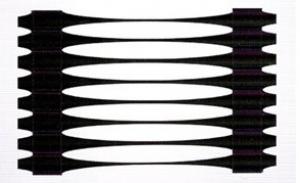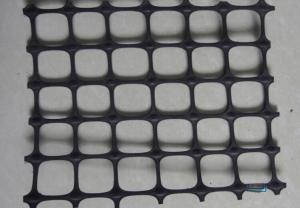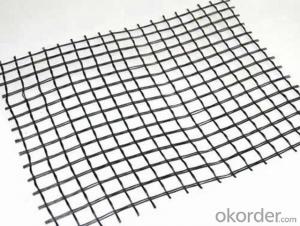High Tensile Strength Fiberglass Geogrids for Soil Reinforcement
- Loading Port:
- Qingdao
- Payment Terms:
- TT OR LC
- Min Order Qty:
- 50000 m²
- Supply Capability:
- 2000000 m²/month
OKorder Service Pledge
OKorder Financial Service
You Might Also Like
Fiberglass Geogrid with High Tensile Strengthen
Description Of Fiberglass Geogrid with High Tensile Strengthen:
1. A kind of planar mesh material using alkali-free fiberglass yarn as base body and
then coated with high quality modified asphalt.
2. Warp knitted with oriental structure which gives full play of yarn strength and improves its mechanical property to make the product high tensile, tearing and creep-resistant.
3. Coated with asphalt making full protection of the fiberglass matrix and greatly
improving its wear and shear resistance.
4. Having a good performance in pavement strengthening, track cracking and solving
difficulties of strengthening the bituminous pavement.
Main Features of Fiberglass Geogrid with High Tensile Strengthen:
1. Light weight, high tensile strength, high modulus, low elongation and good toughness.
2. Corrosion resistance, no long-term creep, long life span.
3. Good physical and chemical stability and good thermal stability.
4. Resistant to fatigue cracking, high-temperature track and low temperature shrinkage cracking.
5. Delaying and decreasing crack reflection.
Specifications of Fiberglass Geogrid with High Tensile Strengthen:
Tensile Strength (KN) | Warp | >30 | >50 | >60 | >80 | >100 | >120 | >150 | >200 |
Weft | >30 | >50 | >60 | >80 | >100 | >120 | >150 | >120 | |
Elongation(%) | <4< p=""> | <4< p=""> | <4< p=""> | <4< p=""> | <4< p=""> | <4< p=""> | <4< p=""> | <4< p=""> | |
Mesh Size(mm) | 25.4*25.4 | 25.4*25.4 | 25.4*25.4 | 25.4*25.4 | 25.4*25.4 | 25.4*25.4 | 25.4*25.4 | 25.4*25.4 | |
Elastic Modulus | 76 | 76 | 76 | 76 | 76 | 76 | 76 | 76 | |
Width(m) | 1~6 | 1~6 | 1~6 | 1~6 | 1~6 | 1~6 | 1~6 | 1~6 | |
Length(m) | 50~300 | 50~300 | 50~300 | 50~300 | 50~300 | 50~300 | 50~300 | 50~300 | |
Temperature Resistant(℃) | -100~280 | -100~280 | -100~280 | -100~280 | -100~280 | -100~280 | -100~280 | -100~280 | |
Resin Content (%) | 18~20 | 18~20 | 18~20 | 18~20 | 18~20 | 18~20 | 18~20 | 18~20 | |
Glue Type | Bitumen PVC SBR soakage | Bitumen PVC SBR soakage | Bitumen PVC SBR soakage | Bitumen PVC SBR soakage | Bitumen PVC SBR soakage | Bitumen PVC SBR soakage | Bitumen PVC SBR soakage | Bitumen PVC SBR soakage | |
Applications of Fiberglass Geogrid with High Tensile Strengthen:
1. Maintenance of old asphalt road reinforcement of asphalt pavement.
2. Converting old cement concrete road into composite road.
3. Restraining reflection cracking caused by block shrinkage.
4. Preventing and controlling the cracking caused by new and old combination and uneven settlement.
5. Road extension.
6. Reinforcement of soft soil foundation and overall strength of roadbed.
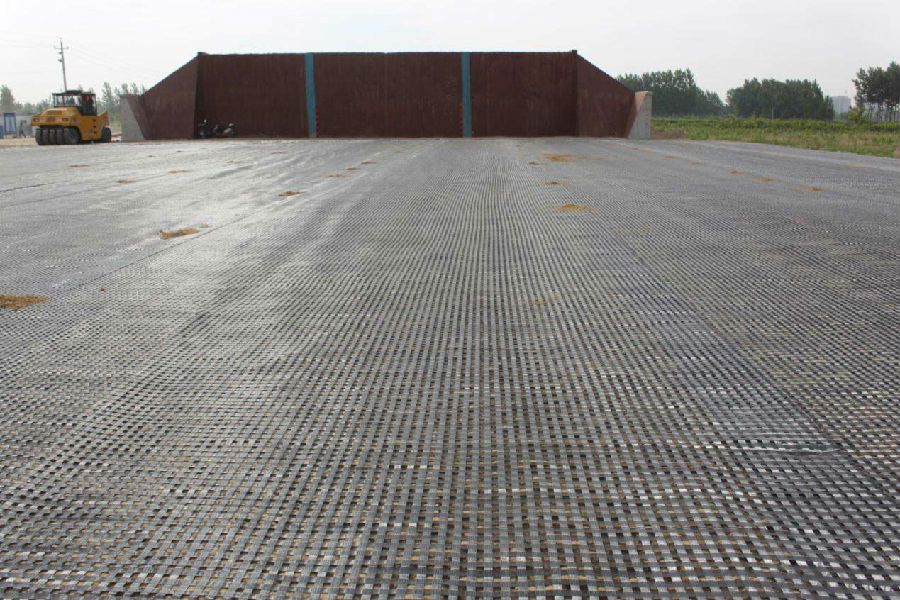
IMages of Fiberglass Geogrid with High Tensile Strengthen:
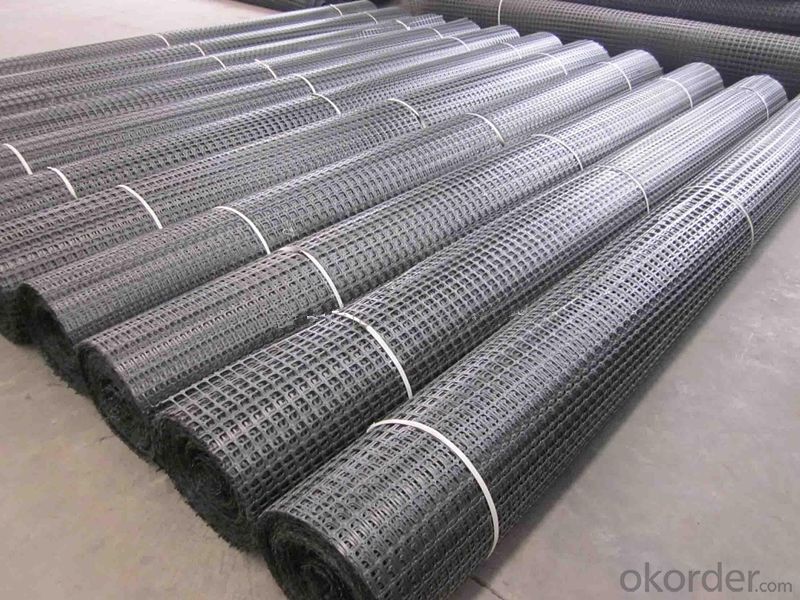

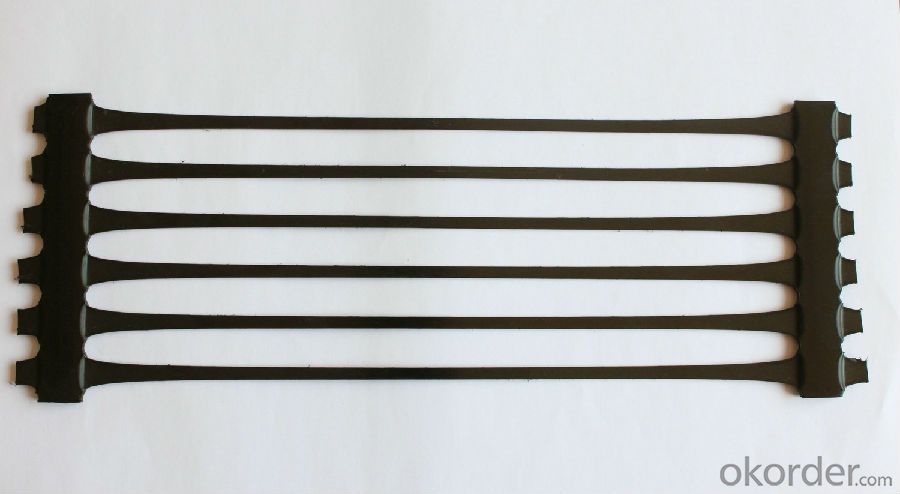
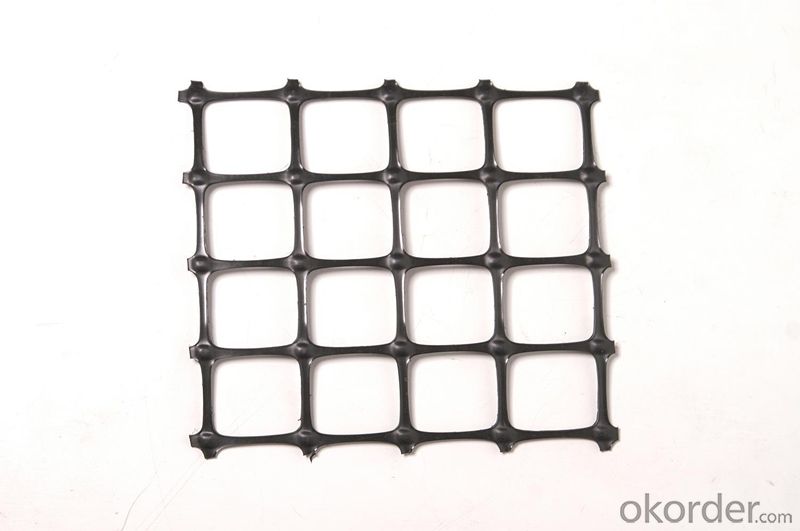
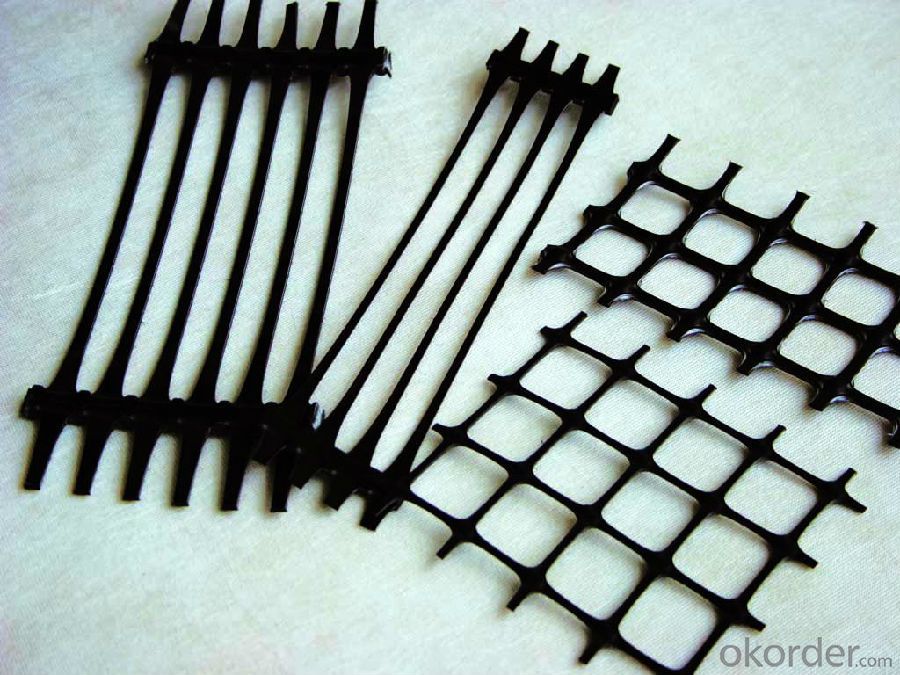
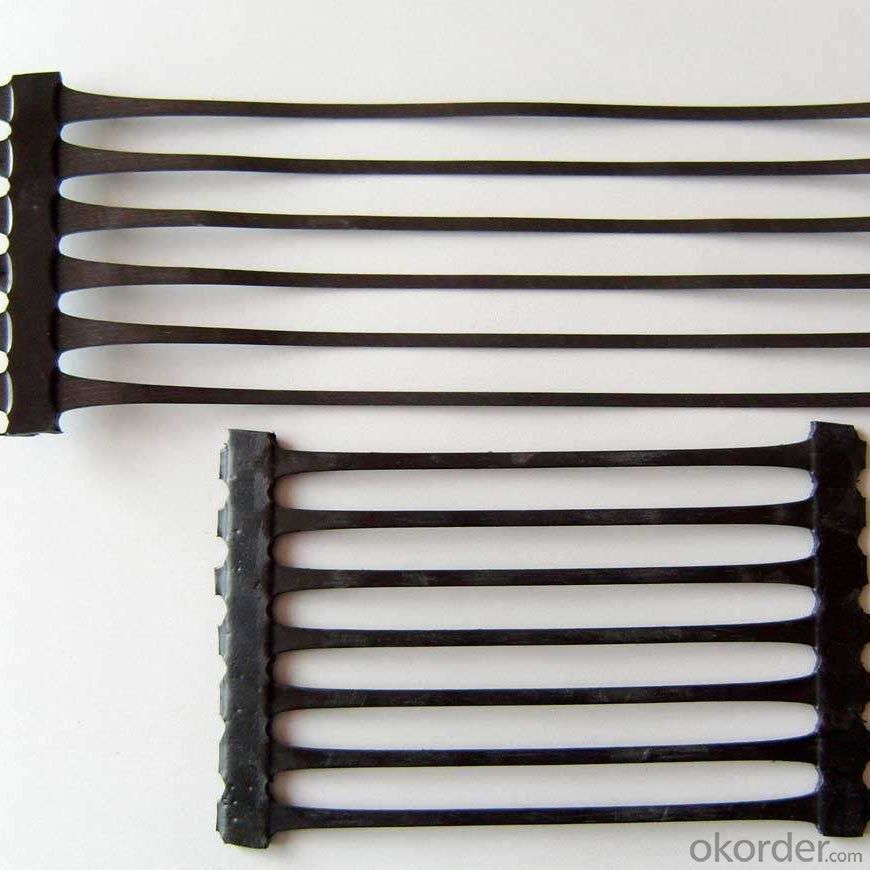
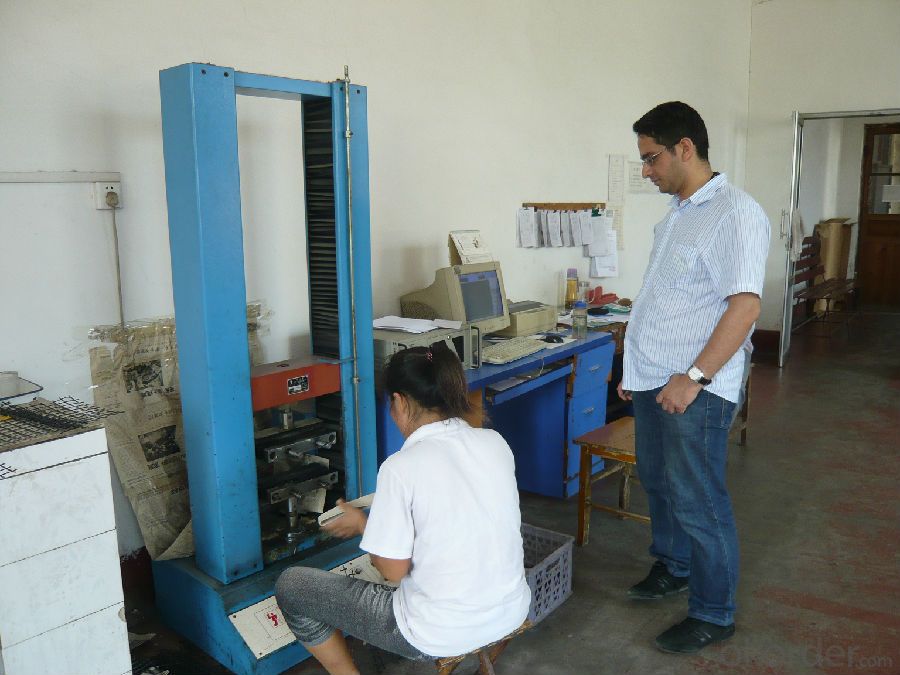
FAQ of Fiberglass Geogrid with High Tensile Strengthen:
1. What are we supplying?
We are specialized in producing Geosynthetic materials, like Geogrid Series, HDPE Geocell, Geonet, Geotextile, Geomat, Tri Denmensional Composite Grainage Geonet, and Geomembrane Series.
.
2. How Many years experience do we have?
We have been exported to more than 20 countries in the past 15 years.
3. How long do we usually reply your request?
We always reply our customer within 24 hours.
- Q: How do geogrids improve the performance of mechanically stabilized slopes in sandy soils?
- Geogrids improve the performance of mechanically stabilized slopes in sandy soils by providing reinforcement and increasing the overall stability of the slope. They help to distribute the loads more evenly throughout the soil mass, reducing the potential for slope failure and increasing the slope's resistance to external forces such as erosion or seismic activity. Additionally, geogrids increase the shear strength of the soil, preventing excessive deformation and maintaining the slope's integrity over time.
- Q: How much is the horizontal overlap length of the steel plastic geogrid
- 10-15cm if the geogrid is a longitudinal lap not less than 20cm reference geogrid construction technology
- Q: How many square meters of geogrid?
- Two-way geogrid width of 4 meters, the volume of 30-50 meters long; one-way geogrid width of 2 meters in general, the volume of 30-50 meters long.
- Q: What are the differences between geogrids and geotubes?
- Geogrids and geotubes are both geosynthetic materials used in civil engineering and environmental applications, but they have distinct differences. Geogrids are typically made of polymer materials and are designed to provide soil reinforcement and stabilization. They have a grid-like structure with open spaces and are used to improve the strength and bearing capacity of soils. Geogrids are commonly used in road construction, retaining walls, and slope stabilization projects. On the other hand, geotubes are large, tubular containers made from high-strength woven or non-woven geotextile fabrics. They are used for shoreline protection, coastal erosion control, and dewatering applications. Geotubes are filled with sediment, sludge, or other materials and then dewatered, allowing water to escape while retaining the solid contents. They are often used in coastal engineering projects to create or restore beaches, control erosion, and contain contaminants. In summary, while geogrids are used for soil reinforcement and stabilization, geotubes are used for dewatering and containment purposes in coastal and environmental applications.
- Q: Are geogrids suitable for slope stabilization?
- Yes, geogrids are suitable for slope stabilization. Geogrids are commonly used in slope stabilization projects due to their ability to reinforce soil and prevent erosion. They provide additional strength and stability to slopes, preventing potential landslides or slope failures.
- Q: What are the criteria for Geogrid?Would like to know the price of Geogrid and geogrid manufacturers
- And then under the heating conditions of directional drawing. The unidirectional stretching grid is only drawn along the length direction of the plate, and the bidirectional stretching grid is made by stretching the unidirectional stretching grid in the direction perpendicular to the length.
- Q: As well as how to fill out the form, thank you!! Urgently
- Inspection application approval form, elevation table, flat position detection table, geosynthetics site inspection form, evaluation form
- Q: What are the different types of geogrids available?
- There are several different types of geogrids available, including uniaxial geogrids, biaxial geogrids, and triaxial geogrids. Uniaxial geogrids are designed to primarily provide tensile strength in one direction, while biaxial geogrids offer strength in both directions. Triaxial geogrids, on the other hand, provide strength in all three directions. Each type of geogrid is used for specific applications depending on the desired level of reinforcement required.
- Q: What is the effect of creep on geogrid performance?
- The effect of creep on geogrid performance is that it can cause the geogrid to gradually deform and lose its original shape and strength over time. This can result in reduced load-bearing capacity and overall effectiveness of the geogrid in stabilizing soil or reinforcing structures. Therefore, creep should be considered and accounted for in the design and selection of geogrids to ensure long-term performance and durability.
- Q: Can geogrids be used in reinforcement of gabion walls?
- Yes, geogrids can be used in the reinforcement of gabion walls. Geogrids are commonly used to provide additional stability and strength to structures, including gabion walls. By placing geogrids within the gabion structure, it helps to distribute the forces and enhance the overall stability of the wall, making it more resistant to external pressures and potential failure.
Send your message to us
High Tensile Strength Fiberglass Geogrids for Soil Reinforcement
- Loading Port:
- Qingdao
- Payment Terms:
- TT OR LC
- Min Order Qty:
- 50000 m²
- Supply Capability:
- 2000000 m²/month
OKorder Service Pledge
OKorder Financial Service
Similar products
Hot products
Hot Searches
Related keywords
